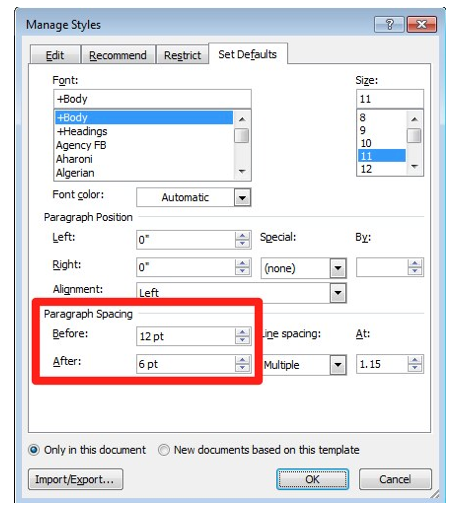

#Remove carriage return word mac windows#
On the other hand, if you transfer a file from a *Nix machine to a Windows machine in the same way, you’ll end up with a bunch of lines joined together by little boxes where there are supposed to be line breaks (because the lines are lacking the CR character). How this ends up playing out is that if you write a file in Windows and transfer it bit for bit to a *Nix machine, it’ll have extra CR characters that can cause all sorts of havoc. Windows uses both - with the CR coming before the LF.Also known as the CRLF character, this handy shortcut both moves you to the left and down a line.Įssentially, the crux of the whole CR / LF / File Corruption issue is the fact that Windows, Macs, and *Nix terminate text file lines differently.


Interestingly enough, the combination of these two functions is integrated into the ENTER/RETURN key. The Line Feed is represented by ASCII number 10, and it harkens back to the action of a typewriter rolling a piece of paper up by one line. Think “returning of the carriage” to the left. The Carriage Return (CR) is represented by ASCII number 13, and came from the movement of a typwriter to the left of a sheet of paper. Both characters are control characters, meaning they’re invisible and meant to keep track of something within an application rather than be interfaced with by the user directly. The Charactersįirst and foremost, let’s establish what the characters are and the differences between them. Well, hopefully by the end of this you’ll be taken care of once and for all. Does Windows add the extra stuff, or does Linux? What exactly is the extra stuff? How do I get the stuff out? If you’re like I used to be, you always have trouble remembering the difference between how Windows and Linux terminate lines in text files.


 0 kommentar(er)
0 kommentar(er)
